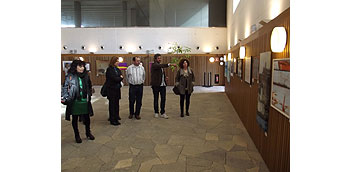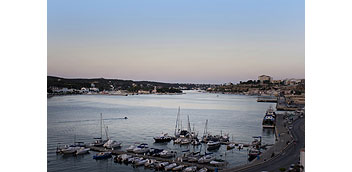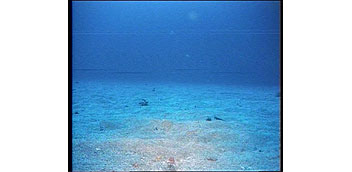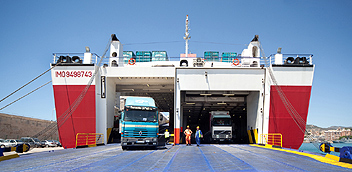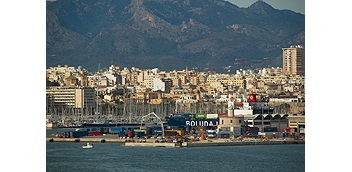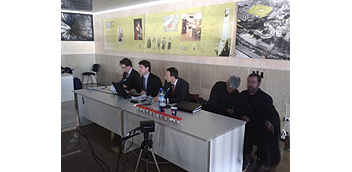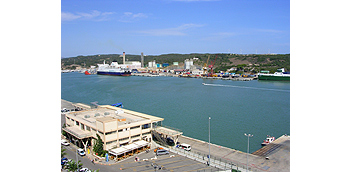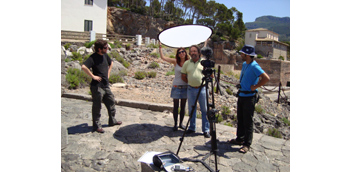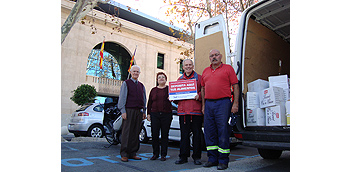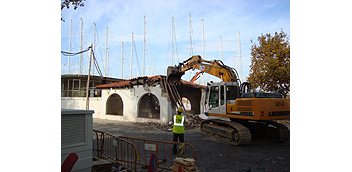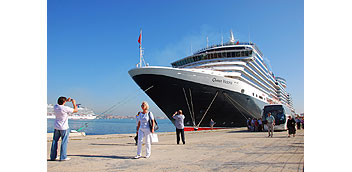
The Port Authority attends the Miami cruise fair to showcase the Balearic Islands as an established destination
10/03/2013The Port Authority of the Balearic Islands (APB) is heading the Balearic expedition to Cruise Shipping Miami, the leading international cruise shipping trade show held in the North American city from 11th to 14th March. The Balearic Island group is one of the 24 state-owned port delegations visiting the event under the umbrella of the State-owned Ports Body to present what Spanish ports have to offer to the world cruise market. The APB and the shipping agents Miguel Puigserver, Transcoma, Lantimar and Baleares Consignatarios will also be joined by the Balearic Islands Government, represented by the Balearic Islands Tourism Agency (ATB), and the Directorate-General of Ports and Airports, the Palma 365 Foundation and the city councils of Ibiza, Mahon and Alcudia. The APB has a 35m2 stand in Miami within the State-owned Ports Body exhibition area, which is second only in size to the Port of Barcelona stand. According to the APB Chairman, José Mª Urrutia, “at this show, the Balearic Islands is a mature destination which has a lot more to offer than its direct competitors and always captivates visitors with its Mediterranean personality. The APB offers a meeting point and working space for all those taking part to promote their destinations”. Currently, according to data provided by the State-owned Ports Body, APB ports come in fifth on the European cruise destination ranking and twelfth in the world. At the cruise event, the APB will be presenting the new extension of the Port of Palma’s Poniente quays which can cater for cruise ships over 300 metres long, and the new Botafoc quays at the Port of Ibiza which will further cruise market development in the Pityusic Islands. It will also be showcasing the improved depths at the Port of Mahon which aim to attract medium length cruise vessels to Minorca the modern infrastructures at the Port of Alcudia as a new, highly attractive destination for exclusive luxury cruises and the spectacular nature areas in Formentera for vessels interested in visiting La Savina. The Balearic Islands’ ports expect to welcome over 1.3 million cruise passengers on around 670 calls in 2013.


